How To Taste Wine
It is not the same as drinking wine for pure pleasure. Wine tasting should be enjoyable. To get the most out of your wine, it helps to be methodical.
Remember that certain wine flavours can be attributed to non-wine items. The green pepper aroma in sauvignon blanche is due to compounds called pyrazines, which are also found in green peppers.
Wine Tasting Tips
- Make notes and proceed methodically. Don’t make assumptions if you are tasting blind.
- Use an app such as CellarTracker or a file to keep your notes.
- Blind tasting is an excellent way to improve your nose. You can test your nose by asking a friend to cover the labels of wines you are given.
- You can learn to identify scents like lavender and blackcurrant jam by smelling them. Build your flavour vocabulary. You can use a flavor wheel to help you learn to be more specific.
- Do not be embarrassed. You’re probably right if you smell cheese. Trust your gut instincts.
- You can always come back later if you don’t feel like drinking it. You might have worn out your nasal equipment or the wine may need some time to open.
What You Will Need To Host A Wine Tasting
- A wine glass. It’s not necessary to spend a lot of money or to have separate glasses for red and for white. It is important that the glass be clean, and that there be enough room to swirl the wine.
- White Tablecloth or white papers so that you can inspect the wine.
- Neutral or daylight lighting, such as daylight, is the best option.
- Avoid perfume, cooking smells and other strong smells.
- You should serve your wine at the right temperature. White wines and roses should be served at 7-10C, while reds are best served between 12-18C.
- Too cold wines will have a ‘closed taste’, and their flavours will be muted. On the other hand, too warm wine will taste jammy. The 20/20 rule is used by wine professionals: place your red wine in the refrigerator for 20 minutes prior to serving and remove your white wine 20 minutes beforehand.
How To Taste Like A Professional
1. Appearance
Pour some wine. Do not fill the glass. A finger’s width or 40cl should be enough. Hold the glass at an angle and above something white to check the appearance.
Best rose wine – taste tested:
- Red, white or Pink?
- What is the intensity of colour? This could be anything from a dark purple to a pale pink.
- In whites, the colour ranges from a near-colourless white to a rich gold.
- If you see a red rim that is faded, it could be turning brown or orange.
- The wine will cling onto the glass when you move it. Legs are the trails.
- Clarity: Is it clear or a little murky?
- Is there a bubble?
What you can learn from the look of a bottle of wine:
- A red rim that is orange/brown at the edge and fades over time can be a sign of aging. A vibrant purple, on the other hand, indicates youth.
- A deep color in whites could be an indication that the material is old, or oak may have aged.
- Grape types: Some grapes, like nebbiolo and cinsault, produce pale wines while others like Malbec are deep in colour. The skins are what gives the wine its red color.
- Climate: Ripe grapes, both white and red, will have a darker colour.
- Legs are a good indicator of the thickness of a wine, and can be attributed to high alcohol content or residual sugar. sweetness).
- Non-sparkling wines with bubbles suggest that the wine is very young and from a cool climate.
2. Smell
Swirl the wine. The wine will be mixed with oxygen, and the aroma released.
Breathe in slowly and gently through your nose. This is best done with your mouth open to stimulate the olfactory receptors. Breathe in slowly as this can cause your taste buds to be numb.
What to look out for:
- Are you smelling fruity? What kind of fruit? You can start by dividing the fruit into citrus fruits, stone fruits and tropical fruits. Start broadly and then narrow down. What is the texture of the fruit? Are they fresh, cooked, or jammy or sweet-like?
- Flowers, such as elderflowers, honeysuckles or violets.
- Spices such as cloves, cinnamon and vanilla can be found in many wines.
- Notes with a toasty/nutty flavor such as brioche or walnuts.
- Other things: meats, vegetables, gasoline, tobacco, waxy, stoney, or waxy-like flavours.
- Is there any smells like vinegar or mould?
What you can learn from the smell:
- Grape varieties have distinct smells, such as sauvignon blanche and its green pepper tang or cabernet with its blackcurrants scent.
- Climate rich, jammy fruits suggest a warmer climate.
- Specific Regions: Some wines have a distinctive stoney note, like Chablis and Loire reds. Wines from the Medoc region in Bordeaux smell earthy.
- How to make wine: Buttery and yeasty aromas are signs that dead yeast cells were stirred during the wine’s maturation. This is especially common for Chardonnay.
- The age of the wine. Older reds may develop flavors like tobacco or baking spice. Fruits can often smell stewed and not fresh. Whites that are older often smell like they’ve been aged in wood.
- If the wine has aged in oak, cloves and vanilla are signs that it has.
- You can also detect any issues with the wine by its smell. It could be corked, meaning that the cork has been infected by a fungus called TCA, which has caused the wine to smell like damp basements.
3. Enjoy the taste of the world with a variety of tasty foods
Swirl the wine around in your mouth and breathe in. It’s like swirling the wine to oxygenate it and open it up.
The extension of smelling is tasting. The majority of flavours that you experience when tasting wine are derived from your nose, as it is connected to your back of mouth. Retronasal smell is the technical term. You also get your five taste sensations: salty, bitter, sweet and umami. You can taste the wine by putting it in your mouth.
You are searching for the same things when you smell fruit and spices.
What to look out for:
- How thick is the body? Does it feel like water or is it more full?
- Can you taste sweetness? How sweet is that?
- Is there tannins ? That drying sensation that you get from strong tea? If so, how strong are the tannins ? Does it taste green or ripe?
- Does have a bitter note?
- How fresh is it? Does it make you salivate? Is it smooth or not?
- Warmth Does the wine warm your mouth after you finish drinking?
- How long after swallowing or spitting out the wine can you still taste it?
What you can learn from the taste:
Full-bodied wine is more likely to be produced in warmer climates. We will feel larger than one produced in the Northern Rhone. This body can be from alcohol, oak ageing or sweetness.
Tannins are found in grape seeds, skins and stalks. They can tell you quite a bit. Some grapes have very strong tannins such as Nebbiolo, a grape from Northern Italy. Gamay, a grape from Beaujolais on the other hand has light tannins. If they’re melty it could be an indication that the wine has matured. Astringent tannins can be a sign that the grapes were not ripe enough or that there was carelessness in the winery. Oak barrels can also produce tannins, which are usually smoother.
Sugar could be an indication that the wine was made with grapes affected by noble decay or fortified.
Some grapes, especially Italian reds such as Negromaro or Sangiovese, have a distinct bitter taste.
Acidity is an indicator of grape variety. Riesling, for example, has a high acidity. However, wines from cooler climates also tend to have a higher acidity.
Warmth is an indication of high alcohol, which usually means a warm climate. Some varieties, like Zinfandel and Grenache, produce wines that are naturally high in alcohol. The wine could be fortified.
Finally The Finish. A long finish indicates that the grapes have been picked with a lot of flavour, which is a good sign for a quality wine.
4. Put it all together
Ask yourself these questions before you decide whether or not you like a wine:
Does it taste balanced? Ie. All the elements, such as acidity, tannin, and fruit, were in harmony. Unbalanced wines, for instance, may lack acidity or taste bloated.
Intensity: How strong was the taste?
Complexity: How many flavours did you get? Was it just one simple fruit, or did I feel the need to scribble away?
How long did the videos last?
Personal Preference: Did I like this wine?
That’s it! Now you can taste like a professional. After a few tries, you will find that many of these things become second nature. Keep practising, and remember that it is meant to be fun.


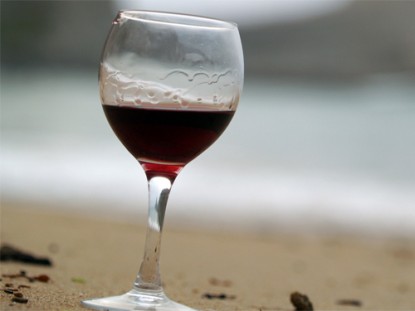
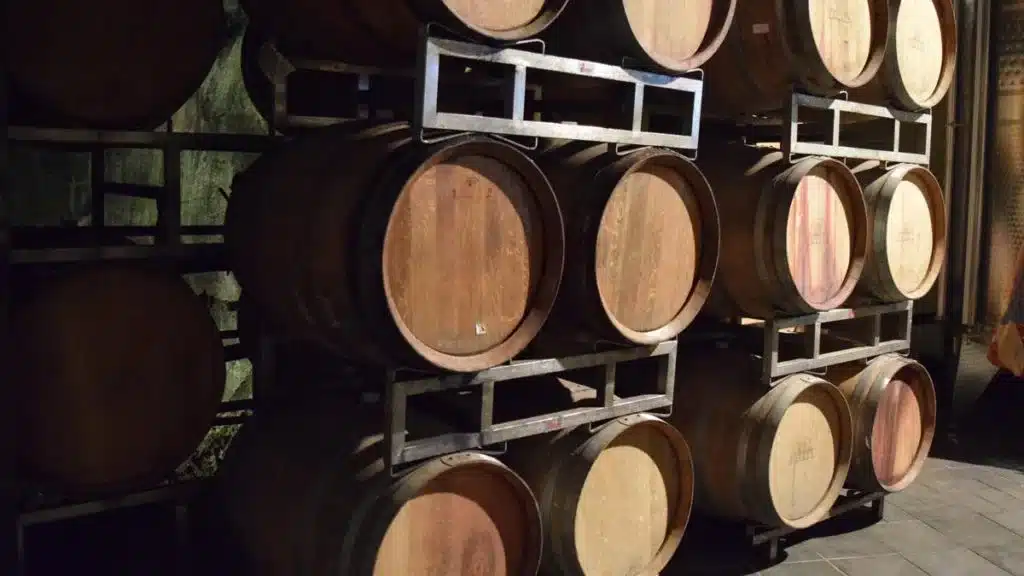
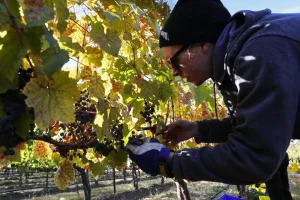
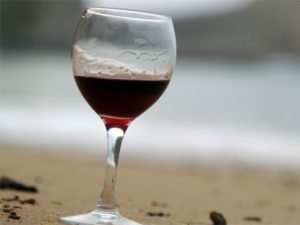
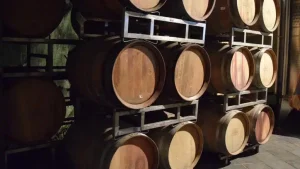
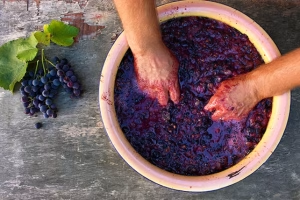
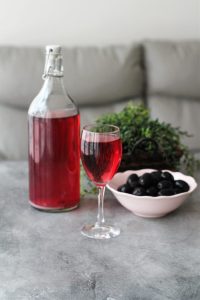



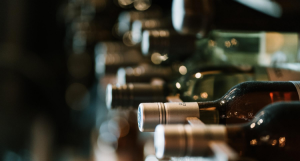

Post Comment